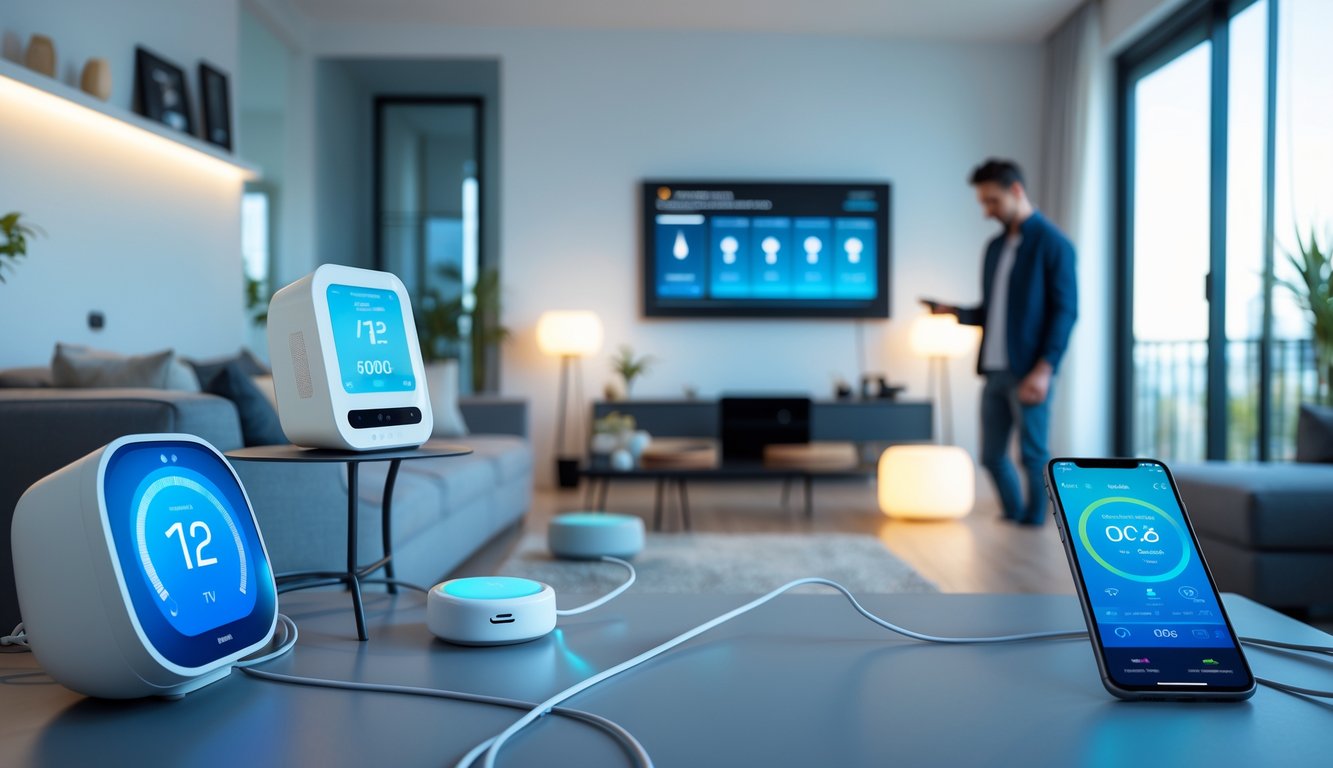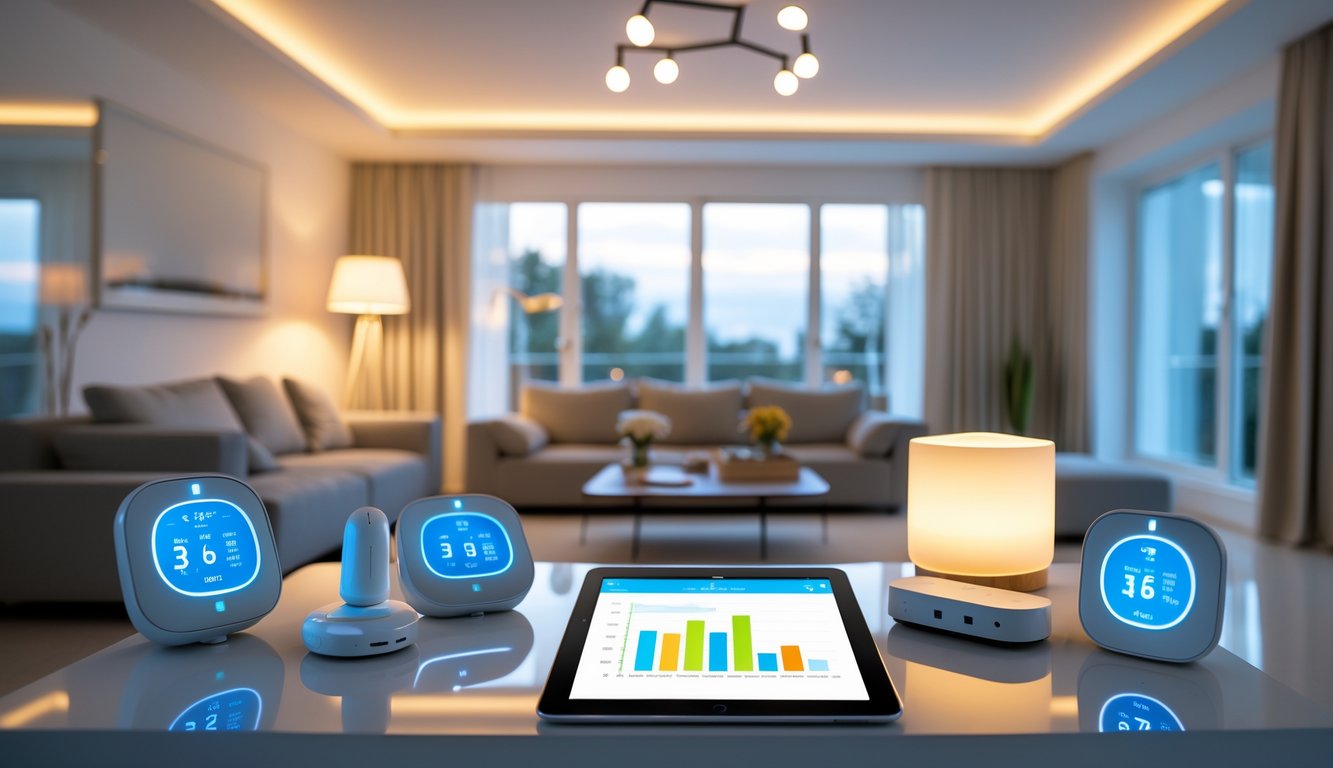
Energy-Efficient Features: What Works and What Doesn’t
Somebody always claims you just flip one switch and, bam, energy savings. Energy-saving mode! ENERGY STAR sticker! But my living room feels more like a test lab for efficiency myths than a place where I actually save money.
Energy-Saving Modes: Myths vs. Reality
So, “eco mode.” I tap it at midnight because my thermostat’s nagging me for another update. What does it do? Honestly, I have no idea. There’s an “eco” button on everything: TVs, power strips, even my robot vacuum. I turn it on, and it promises “efficiency,” but sometimes all it does is dim a display or slow down the fan. Sometimes it actually runs diagnostics that use more power for a while. This breakdown says it’s all over the map—depends on the brand, device, firmware, maybe even the weather. Lowering screen brightness isn’t the same as cutting the idle power. And don’t get me started on “smart” power strips—they’re supposed to kill phantom loads, but sometimes they use more juice than what’s plugged in.
Energy Star Ratings and Certifications
Walk down any appliance aisle and everything’s “energy star-rated.” I used to think that meant “cheap to run.” Nope. Not all ENERGY STAR products are created equal.
There’s a lot of fine print. A clothes dryer might save a ton over last year’s fossil, but a “smart” Wi-Fi router is still burning power all day if you don’t mess with the settings. Certification just means someone benchmarked it, not that it’s a magic bullet. I bought an ENERGY STAR fridge that buzzed nonstop because of its “defrost cycle”—basically wiped out any savings. If you want real answers, you have to dig through the wattage charts in the back of the manual. And my neighbor? His “efficient” smart oven uses more at startup than my ancient hand-me-down. Go figure.
Lighting Solutions and Their True Power Consumption

Everyone just assumes “smart” lighting means less energy, but my kitchen’s brighter at 2am than it is at noon. I’ve argued with engineer friends about this. My “efficient” setup still costs more, mostly because someone (kids, spouse, me?) leaves everything on for days. There’s no magic shortcut, but the details really matter.
LED Bulbs vs. Smart Bulbs
I remember when switching to LEDs felt like saving the world. Old bulbs were dinosaurs, LEDs used a fraction of the power, lasted forever (or so I thought). Regular LED? Under 10 watts, easy. I checked—7 to 9 watts for a normal A19. But slap “smart” on the box, and now there’s a little idle draw—because the wireless chip never sleeps.
I tested a Philips Hue last fall—standby was about 0.3-0.5W per bulb, always on, even “off.” Multiply that by every lamp and, well, it adds up. Smarthomeace.com says smart bulbs get less efficient when they’re not actually being automated—left on, or just sitting there, always connected. The best trick? Hard cutoff at the outlet, not just the switch. But then your automations break, and your dinner party gets weird. Also, don’t trust the package “estimates”—get a kill-a-watt meter and see for yourself.
Scheduling and Automation Impact
Automations are supposed to save money, right? Geofencing, Nest syncing with my calendar—sounds great. In practice, it only works if you’re strict about routines, and nobody leaves lights on all night. My experience? Apps glitch, routines fail after some update, and suddenly the hallway is lit up for no reason. Who’s actually wiring up occupancy sensors in every closet? Not me. So, guesswork and wasted watts.
Ecohomegenius.com claims that dimming lights through schedules can cut energy up to 40% at half brightness, but my “movie night” routine just turns the whole house on. Automation gone wild. My tip: set aggressive timeouts, don’t trust sunrise/sunset (they mess up during daylight savings). And check with a real electric meter—app savings are mostly fiction, and ten wasted watts per room adds up to a lot of coffee.